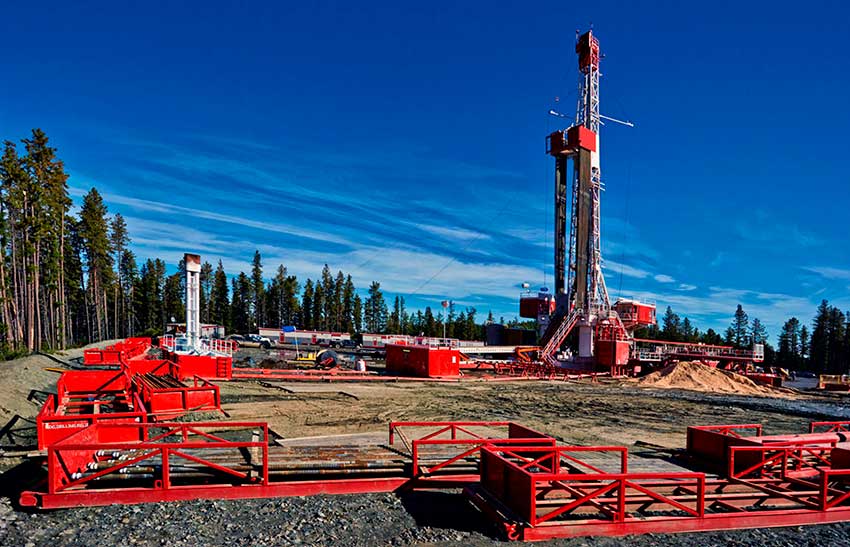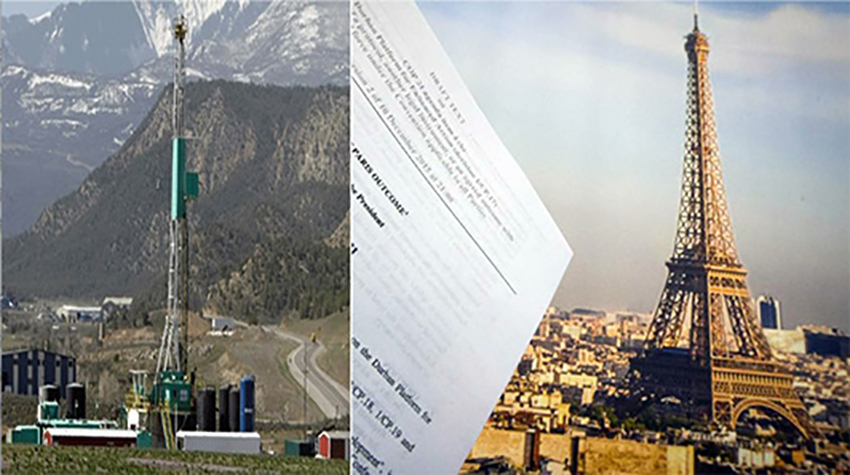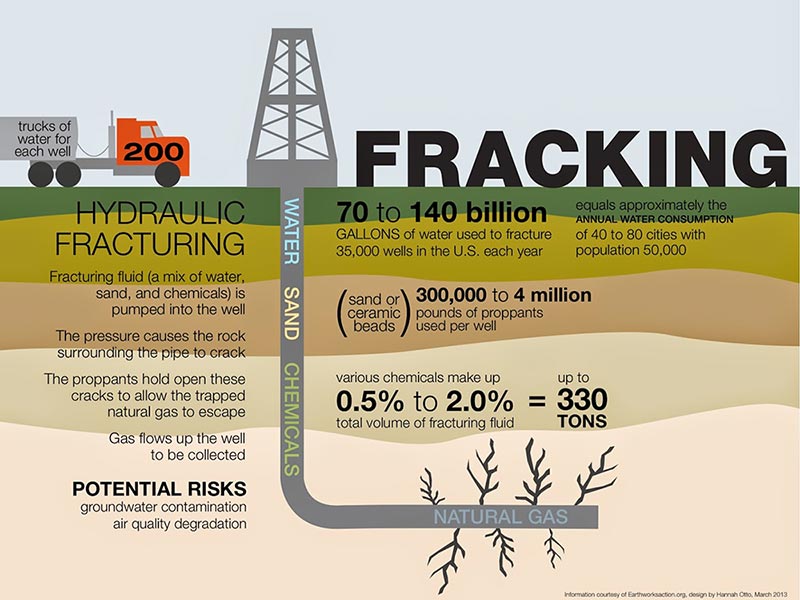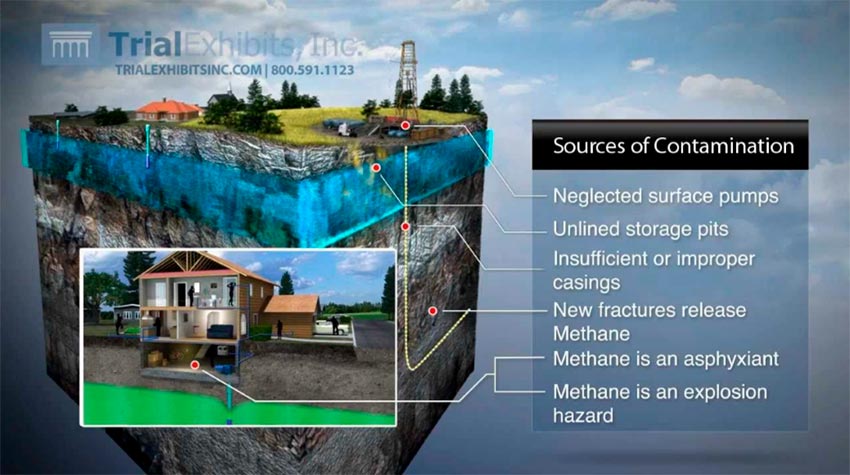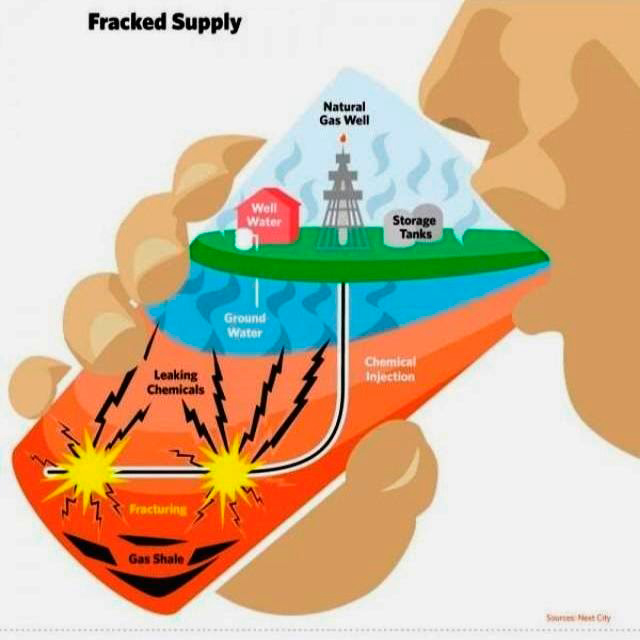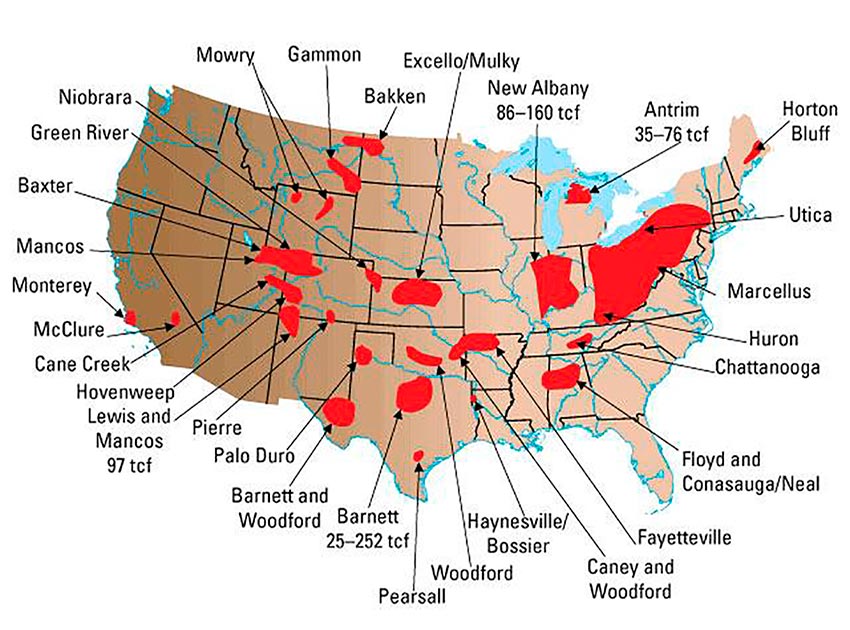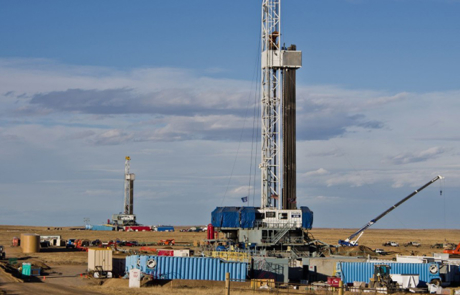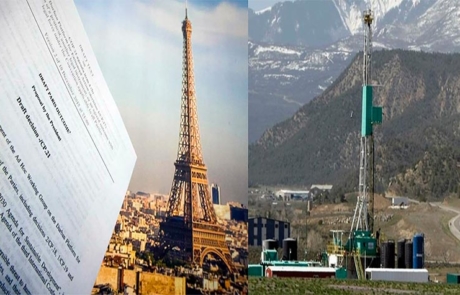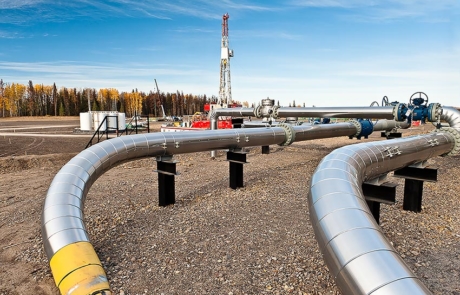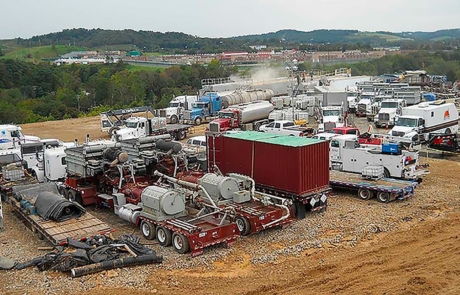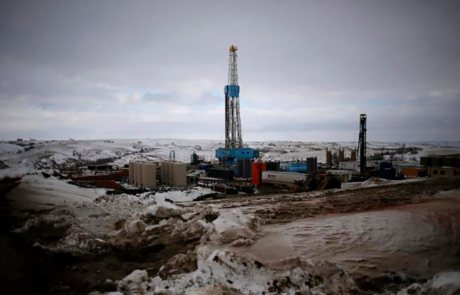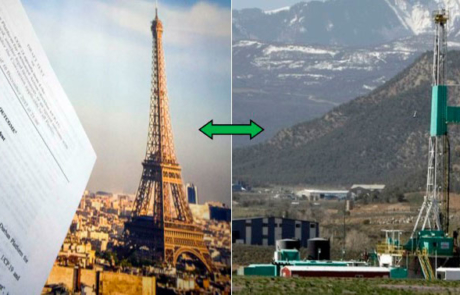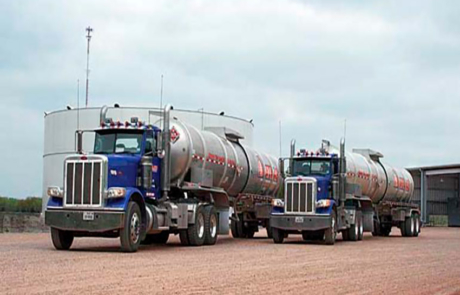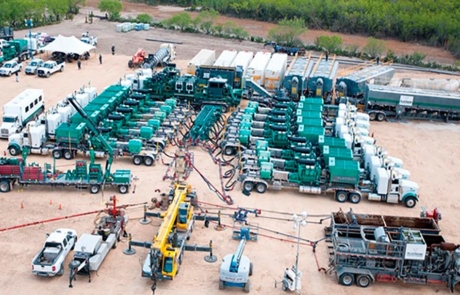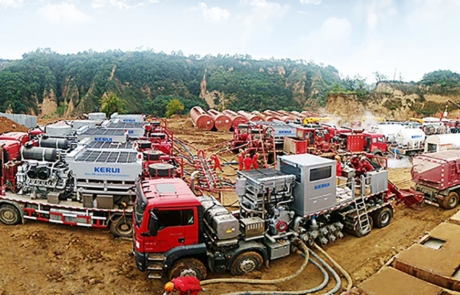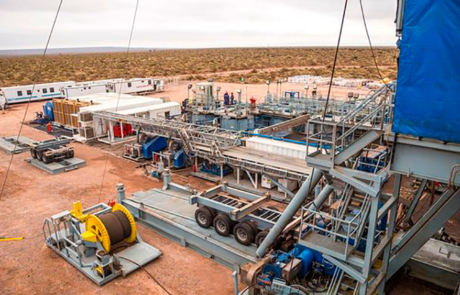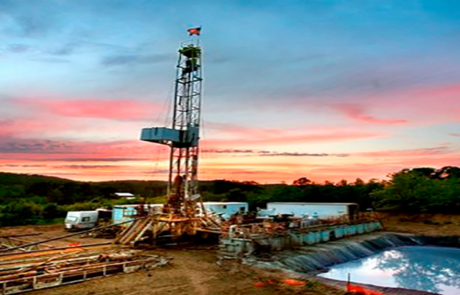8. What are shale gas and shale oil?
Shale gas is a gas like natural gas that has been used for years in homes, industry, commerce and vehicles. It is considered an unconventional hydrocarbon because its extraction requires non-conventional technologies such as fracking. The shale gas is between 90% and 95% methane, although it is true that its contribution to the greenhouse effect is 21 times greater than that of CO2, it is also true that its participation in the atmosphere is 220 times lower.
Shale oil is equal to the oil that is extracted near the surface but is at depths sometimes greater than 3 kilometers. The difference between the two shale products with their traditional pairs is how they are trapped in the rocks, at depths that can exceed three kilometers, as well as the unconventional technology necessary for their extraction.
Other FAQs about Fracking
1. What is fracking?
2. What products are obtained with fracking?
3. How is the fracking procedure?
4. When was fracking first used?
5. Is fracking dangerous?
6. How does fracking affect the environment?
7. How does fracking affect climate change?
8. What are shale gas and shale oil?
9. In what countries is fracking done?
10. Are there regulations for fracking technology?
11. In which countries is fracking prohibited?
Other sections of Fracking

Fracking fever, a real threat to Paris Agreement
The failure of the Paris Agreement would be the failure of Homo sapiens. If we do not reverse the increase in global warming and we do not support sustainability on our planet, we will all be losers. There are clear indications that we are going in a opposite direction to the 2015 agreements, as can be seen in this paper. The increasing fever of the fracking, due to the cheapening of the processes of extraction…

Fracking or hydraulic fracturing
Fracking, or hydraulic fracturing, is an unconventional method of extracting oil and gas that requires vertical and horizontal drilling at great depths. The first commercial hydraulic fracturing was achieved as recently as 1998. Fracking is a very controversial technology since it prolongs the use of fossil-fuel hydrocarbons…

